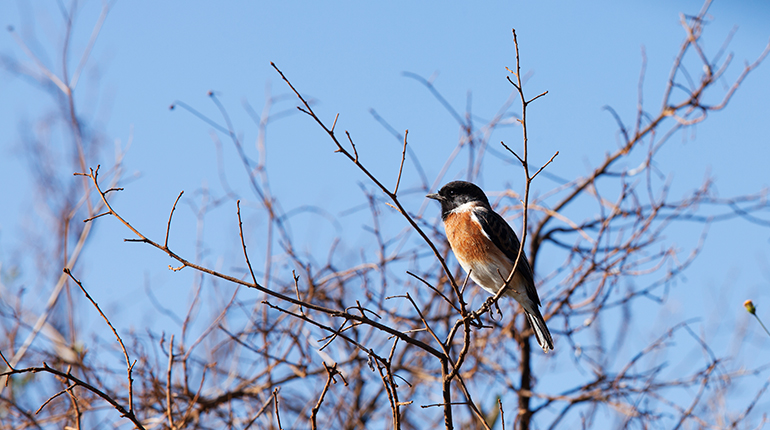Mogale City’s Biodiversity Management Division (BMD) has been inundated with requests to remove trees in residential areas. This in addition to a rise in the illegal removal of trees in many parts of the city due to population growth and settlement expansion which are considerably contributing to the loss of trees in Gauteng thus becoming an ever-growing concern for BMD. Notwithstanding this, of greater concern is the reality that a large portion of Johannesburg and as far and wide as the West Rand’s tree canopy will be reaching its full life expectancy in the next two to three decades.
Accordingly, it is worth pointing out that Mogale City falls within priority areas identified in the National Spatial Biodiversity Assessment and is home to a disproportionately high percentage of rare and threatened plant species and ecosystems. There are at least 12 threatened plant species and eight vegetation types which are listed as threatened under the provisions of National Environmental Management Biodiversity Act, 2008 (NEMBA). This not only means that Mogale City Local Municipality is rich in biodiversity but also signals major threats to the city’s biodiversity as the illegal removal of trees in on the rise.
Despite this, humans continue to afflict harm on indigenous and rare trees which they either cannot identify, understand their significance or are not sufficiently enlightened to generally value trees. In lending a hand to overcome the current scourge, BMD tries to better explain how human-driven loss of trees negatively affects the environment.
Among the many gifts that trees offer, reducing the effects of and combating climate change is the one that humans desperately need. You must be wondering how this happens. Well, trees capture greenhouse gases – oxygen being more familiar to many, preventing them from accumulating in the atmosphere and warming our planet. This means cutting down a tree knocks out our best weapon against global warming and the best capturer of greenhouse gases which we as human create by emitting fossil fuels such as diesel and petrol into the atmosphere. The act of cutting down a tree also creates emissions. When a tree is destroyed, it releases all the stored carbon into the atmosphere where it mingles with other greenhouse gases from other sources thus contributing to global warming and immensely adding to climate change worldwide.
Beyond offering humans with shade on hot days and beautification of the city, trees offer shelter, rest, nest and reproduction sites for many animals. The removal of any tree displaces many bird species, butterflies, insects and also robs thousands of plant-eating insects of a primary food source which further causes a decline in many species that rely on trees.
There are many more benefits that trees offer not covered in this article but we urge our communities to take interest on this subject which is really for our own benefit. But now that we have more insight about the importance of tress and their purpose, we understand why one should refrain from illegally removing, pruning, or felling trees – rather report such activities to patricia.tshitema@mogalecity.gov.za or visit our Coronation Park Offices during office hours. This plea is not only directed at homeowners but to businesses and schools operating in the city that wish to make their signage more visible or deem trees that continuously drop leaves and sticks a burden rather than a benefit to refrain from destroying our tree life.
Members of the public must also note that sidewalks trees belong to the municipality and are protected by relevant parks management bylaws. They must further note that the authority to remove trees after evaluating all possibilities before a decision to remove any tree is take only lies with BMD.

